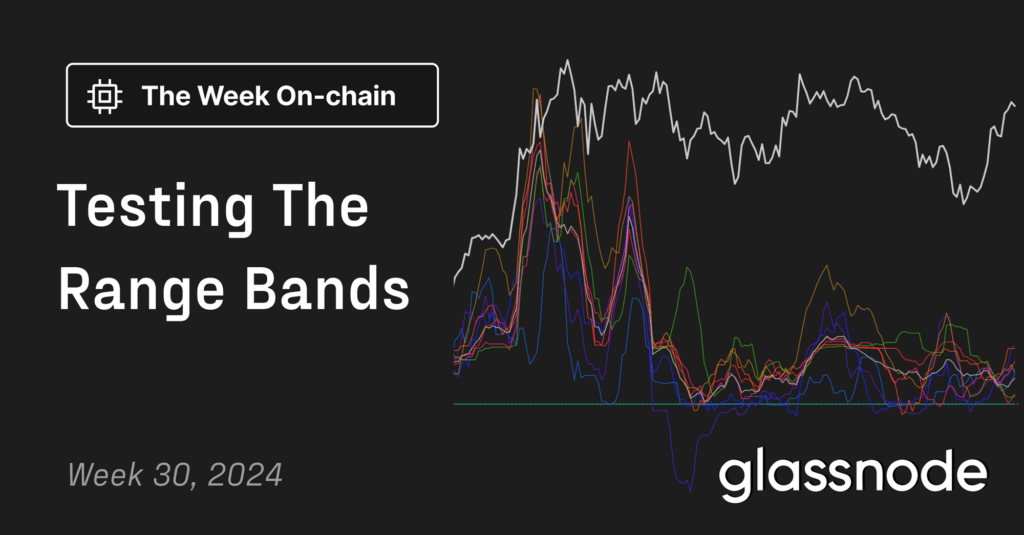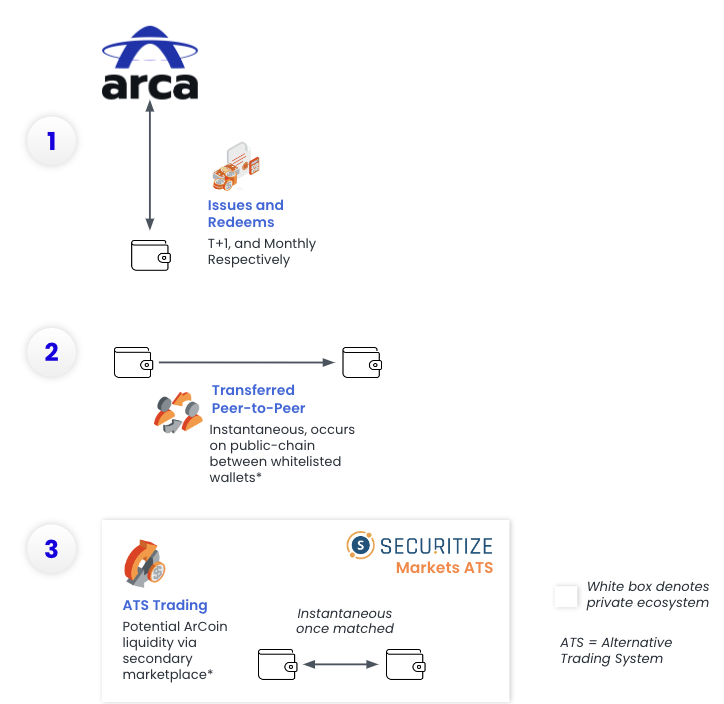Research Summary
The report explores the dynamics of token supply and demand, focusing on the role of reserve balances in wallets. It highlights the growth of balance-bearing addresses on Bitcoin and Ethereum networks, the impact of soft-locked tokens on supply, and the influence of low transaction fee chains on reserve balance demand. The report also discusses the limitations of active address metrics and proposes alternative methods for estimating active user counts.
Key Takeaways
Reserve Balances and Soft-Locked Tokens
- Significance of Reserve Balances: The report emphasizes the importance of reserve balances in wallets, which are required to cover transaction fees. These balances, often overlooked in token supply discussions, represent a significant and growing source of token demand. When wallets go dormant, these balances become “soft-locked,” reducing the circulating supply.
- Soft-Locked Tokens: Since January 2022, about 35k BTC has become soft-locked, accounting for approximately 5% of the 650k BTC issued during the same period. Following Ethereum’s Merge in September 2022, the legacy reserve balance increased by roughly 51k ETH, contributing to the soft-locked token supply.
Active User Metrics and User Retention
- Limitations of Active Address Metrics: The report suggests that the common metric of active addresses does not accurately reflect the number of active users, especially for Bitcoin, due to its UTXO model and the practice of using multiple addresses for improved security and privacy. A denoising filter that removes active addresses with a zero end-of-day balance provides a clearer picture of the actual active user count.
- User Retention: Despite a plateau in daily active user counts on Bitcoin and Ethereum mainnets, the total number of balance-bearing addresses continues to rise, suggesting many users become inactive after a period. Users who interact with smart contracts tend to retain higher ETH balances and show better user retention rates, indicating a deeper engagement with the network.
Impact of Low Transaction Fee Chains
- Reserve Balance Demand on Low Fee Chains: Low transaction fee chains like Ethereum layer-2s and Solana may see an exponential increase in the reserve-balance-to-transaction-fee ratio, leading to a larger proportion of soft-locked tokens as they attract more active users through consumer-facing applications.
- Overfunding of Accounts: Solana’s reserve-balance-to-transaction-fee ratio is much higher than Base’s and Ethereum’s, suggesting users overfund their accounts for convenience. Despite potential future changes to Solana’s transaction fees, reserve balances are expected to continue playing a major role in user demand as long as fees stay low.
Actionable Insights
- Understanding the Role of Reserve Balances: Stakeholders should consider the role of reserve balances in token demand dynamics. This understanding can help in making informed decisions about token supply management and network growth strategies.
- Improving User Retention: Networks should focus on improving user retention rates, possibly through deeper engagement strategies such as smart contract interactions. This could lead to higher reserve balances and a larger proportion of soft-locked tokens, impacting token supply dynamics.
- Exploring Low Transaction Fee Chains: Stakeholders should explore the potential of low transaction fee chains like Ethereum layer-2s and Solana. Understanding their impact on reserve balance demand can provide insights into future native token demand projections.













